Welcome to our Chinese Rice, Grains, Flours, and Starches ingredients glossary page, where we describe some of the ingredients we use in our recipes.
If you’re looking for more information on other Chinese Ingredients, go to our main Chinese Ingredients Glossary page to review the different categories and easily find what you’re looking for.
White Rice (白饭, Báifàn)
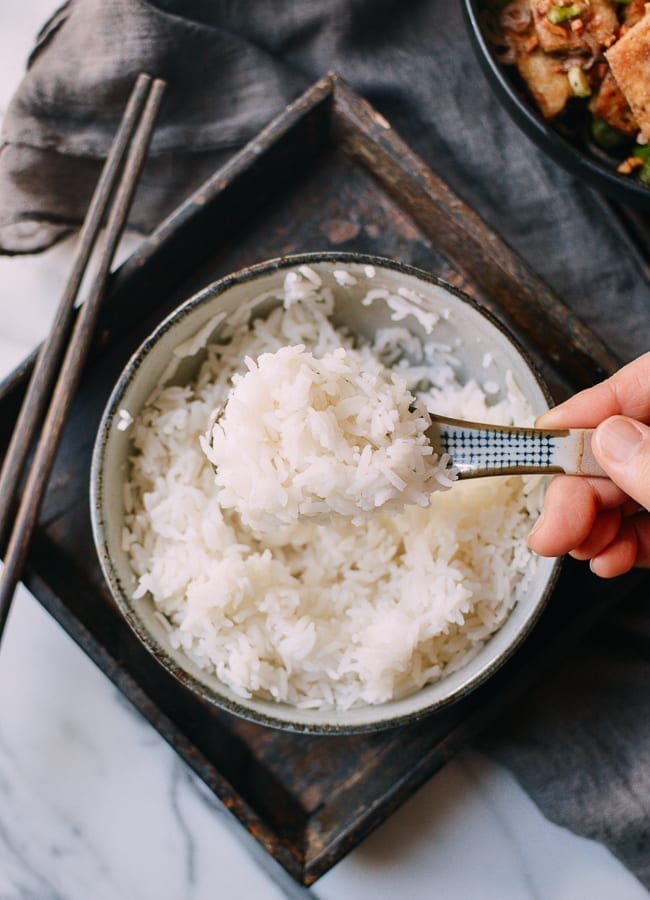
Chinese white rice is usually a medium to long grain variety, but there are many types and levels of quality. It’s different from basmati rice (which has a drier texture and more slender grains—best served with Indian, Nepalese, and Pakistani cuisine) and American long grain white rice (not as sticky as Asian varieties). Also avoid par-boiled rice! We buy premium Thai jasmine rice as our basic white rice. After cooking, the grains should cling together slightly while remaining relatively separate, light, and fluffy. We cook ours in an electric rice cooker, but see our posts on how to cook stovetop rice & how to steam rice.
Jasmine Rice (茉莉香米, Mòlì xiāng mǐ)
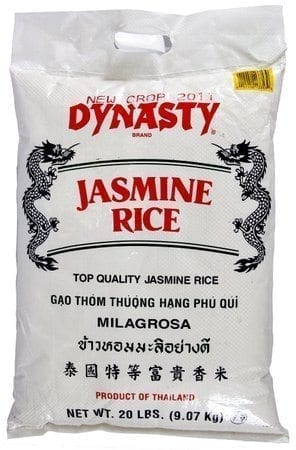
Jasmine rice is a type of long grain white rice grown primarily in Southeast Asia, particularly in Thailand. It has a sweet, nutty aroma that smells a little like popcorn when it is cooking. The individual grains have a nice sheen to them when cooked properly, and the texture is also luxurious—tender, slightly sticky, and fragrant. This is our favorite type of white rice. Look for premium brands with unbroken grains with a nice shine to them. This is also our preferred rice for making fried rice! Try our popular Pork Fried Rice recipe.
Short-Grain / Medium Grain Rice (粳米, Jīngmǐ)
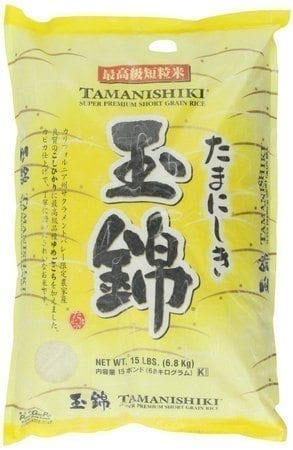
Short-grain and medium-grain rices have an oval-shaped kernel and stickier texture, owing to their higher amylopectin content, the type of starch that makes rice sticky. Most people know medium to short grain rices from Japanese sushi, Korean cuisine, or risotto-making (with short grain arborio or carnaroli rice). Again, there are many varieties and levels of quality. These types of rice all fall under the broad category of Japonica rice, which have thick, sticky, short grains, in contrast to longer, thinner, and fluffier indica rice grains.
Brown Rice (糙米, Cāomǐ)
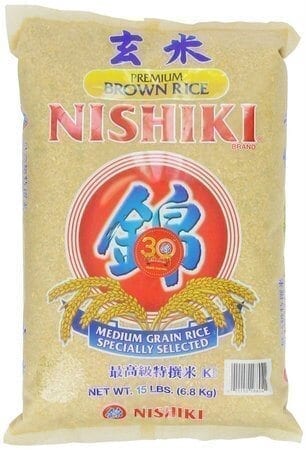
Brown rice has become more popular over the last 10-15 years among health-conscious consumers. It undergoes less processing and retains the bran and germ (which are removed from white rice), making it a whole grain alternative to white rice. It’s higher in fiber and nutrients, but also has a chewier texture, takes longer to cook, and requires slightly more water (or longer soaking) than white rice. You’ll find medium grain varieties as well as long-grain ones like brown jasmine rice. Check out our article on how to properly cook brown rice, and try our delicious fried brown rice!
Black Rice / forbidden rice (黑米, Hēimǐ)
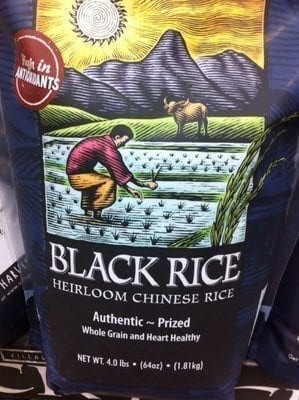
Chinese black rice is becoming more popular these days for its antioxidants, but it’s still nowhere near as commonly found as white and brown rice. Black rice was known as “forbidden rice,” in ancient China, as it was reserved for the emperor’s consumption and thought to have medicinal properties. We use black rice in a multi-grain porridge for extra nutrients. Keep in mind that it can take much longer to cook than white rice, and you will have to soak it for several hours before cooking.
Sweet Rice / Glutinous Rice / Sticky Rice (糯米, Nuòmǐ)
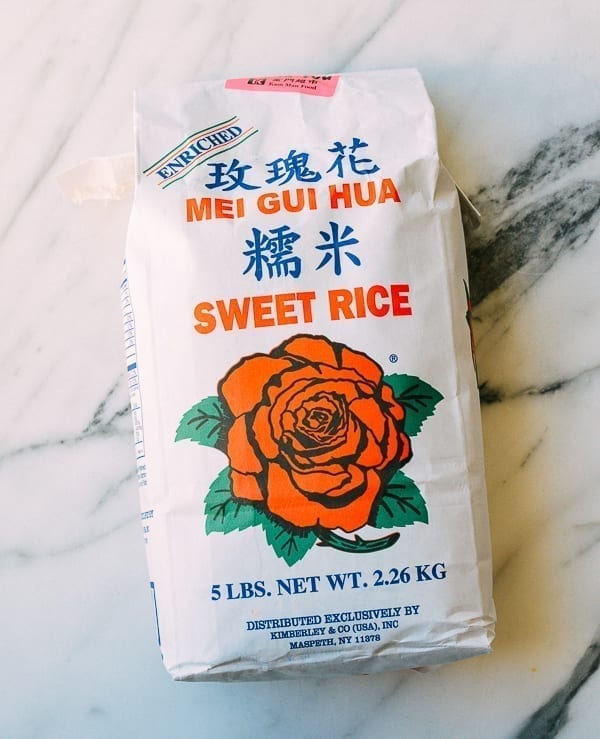
Known as sticky rice, sweet rice, or glutinous rice, these are short-grain rice kernels that are very high in amylopectin, the starch that makes rice sticky. In Chinese cooking, it’s used in savory dishes as well as desserts. You can also ferment it to make jiu niang (sweet rice wine)! We love sticky rice and have the recipes to prove it! Check out our Roasted Chicken with Sticky Rice , and Sticky Rice with Chinese Sausage. Also see our article on our foolproof method for cooking sticky rice.
Black Sticky Rice / Purple Sticky Rice (黑糯米, Hēi nuòmǐ)
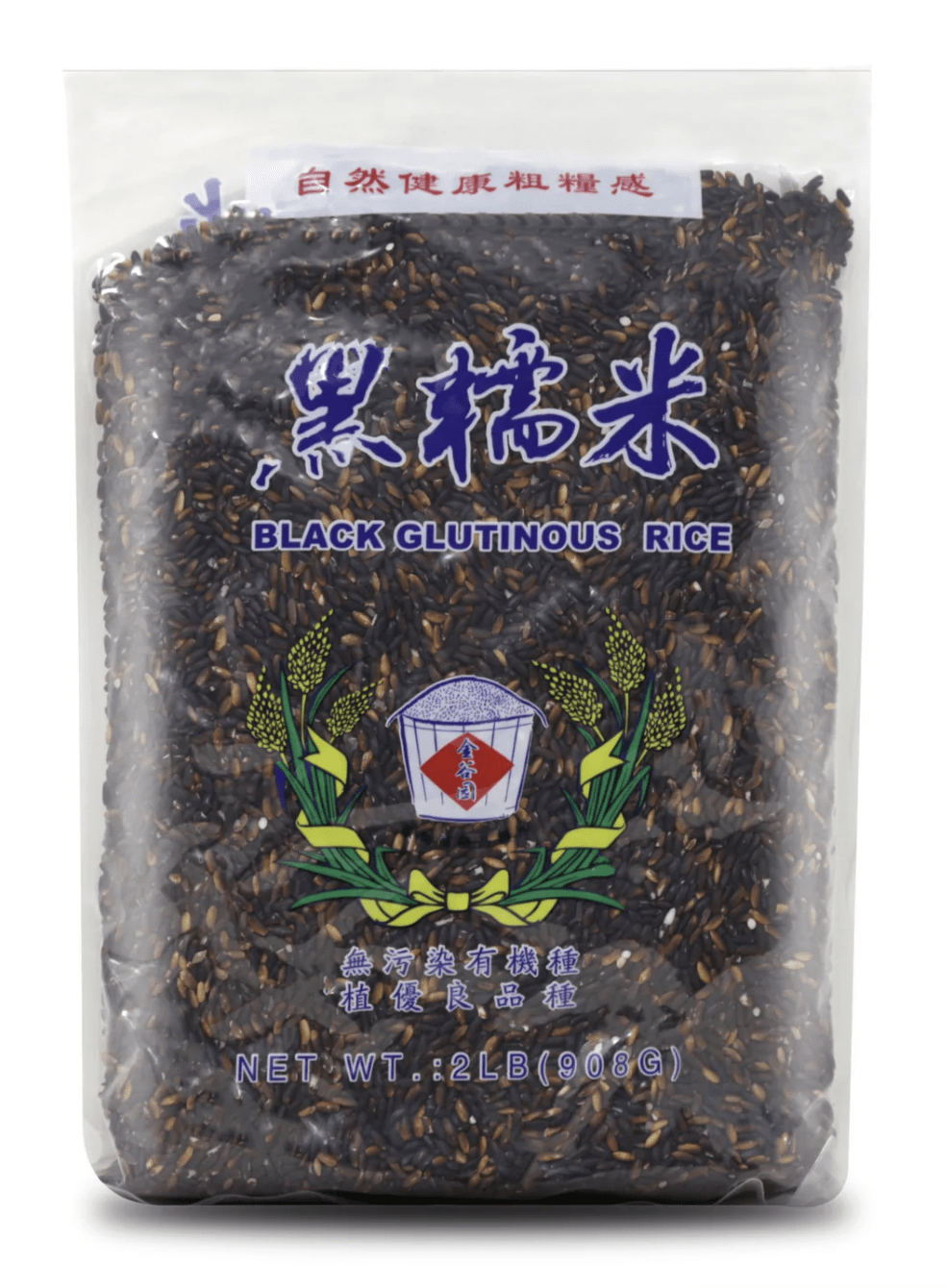
Black sticky rice is used most often in Asian desserts, such as our Thai black sticky rice mango dessert. It is very soft and wonderfully glutinous after cooking. We love it with coconut milk, sweetened condensed milk, and fresh fruit for a tasty, not-too-sweet dessert. Note that for black sticky rice and white sticky rice (above), although they are often called, “glutinous rice,” they contain no wheat gluten and are a gluten-free food!
Pearl Barley (大麦 or 薏米, dà mài or yì mǐ)
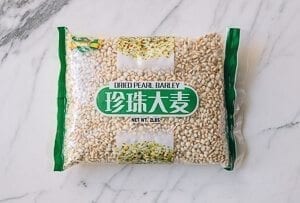
Chinese pearl barley is also known as Job’s Tears. Native to Asia, it’s different than the barley in regular supermarkets. It is generally used in Chinese soups and can be found in most well-stocked Chinese grocery stores. We use it in our multigrain congee as well as our Bitter Melon Pork Bone Soup and Cantonese Herbal Soup.
Millet (小米, Xiǎomǐ)
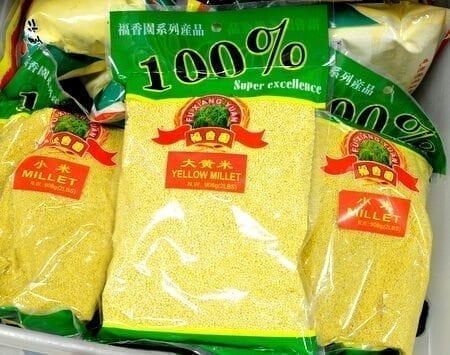
Millet is a small, round grain that resembles couscous. We mix it with our rice or porridge for a change of pace and added health boost. It’s a tasty and easy way to get more grains in your diet. Sometimes, we sneak these additions into our blog photos, like in our Chicken with Garlic Sauce!
Rice FLour (茼蒿, tóng hāo)
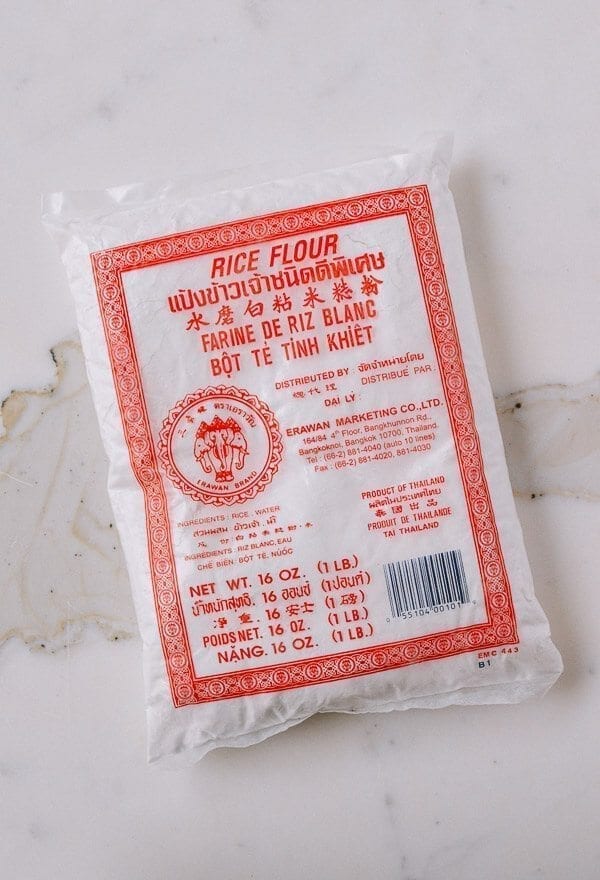
This is a flour made from ground long grain rice…not to be confused with glutinous rice flour, which is made from glutinous rice. They have different uses, and confusing these two flours can result in some unfortunate recipe errors (trust us, we’ve been there)! Rice flour is essential for recipes like Turnip Cake (Lo Bak Go), Taro Cake (Wu Tao Gou), and Homemade Rice Noodles. The brand pictured to the left is the one we buy, and it’s available in most well-stocked Asian markets!
Glutinous rice flour / sweet rice flour (糯米粉, Nuòmǐ fěn)
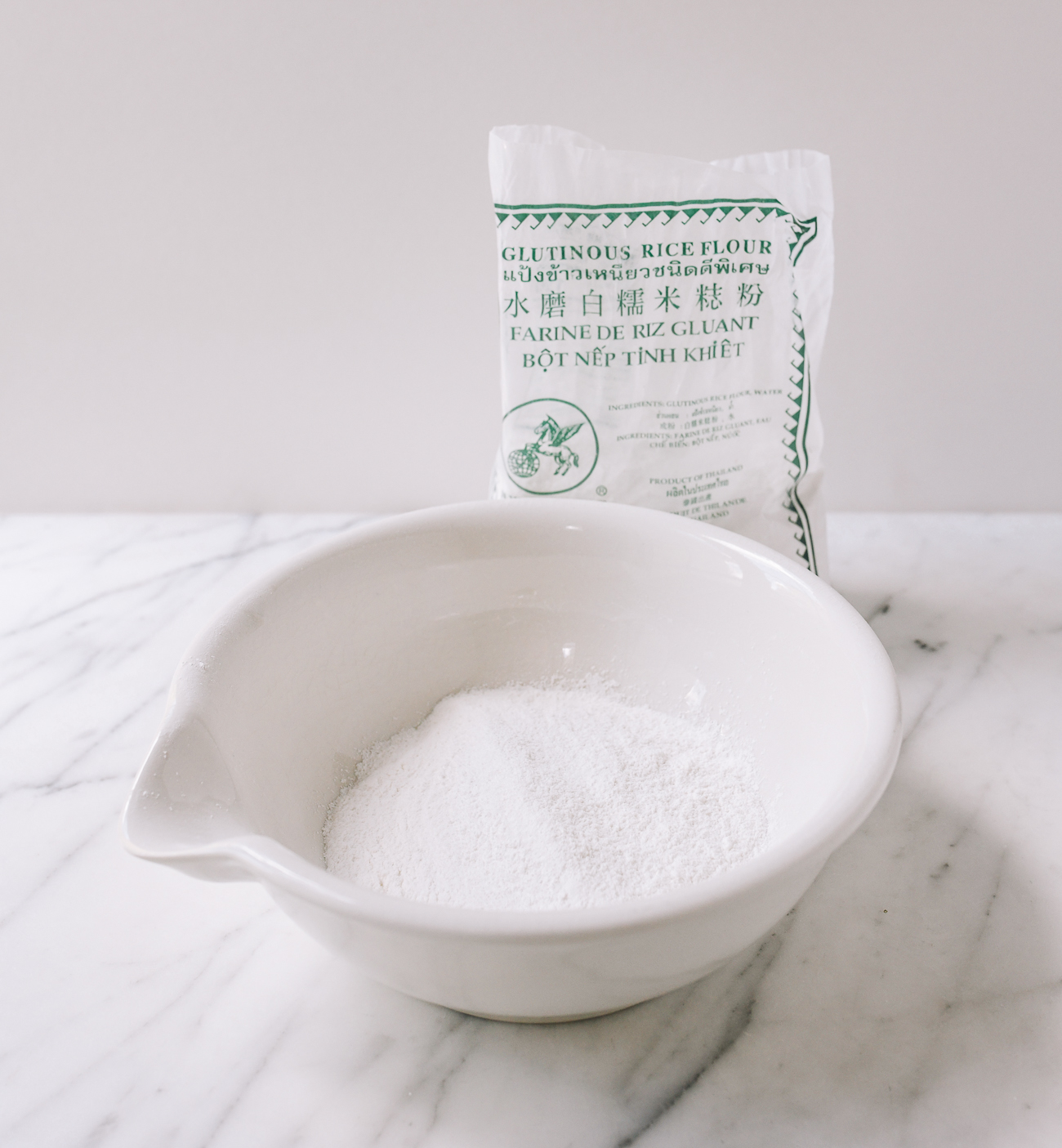
Most of you know about glutinous, sweet, or sticky rice, which all refer to the same type of rice. When you grind it up, you get glutinous rice flour, a key ingredient in many dim sum dishes and desserts. Use it in our Sesame Ball recipe, Snow Skin Mooncakes, and our Chinese New Year Sweet Rice Cakes (Nian Gao). Just be sure not to mix it up with regular rice flour (above)!
Cornstarch (玉米淀粉, Yùmǐ diànfěn)
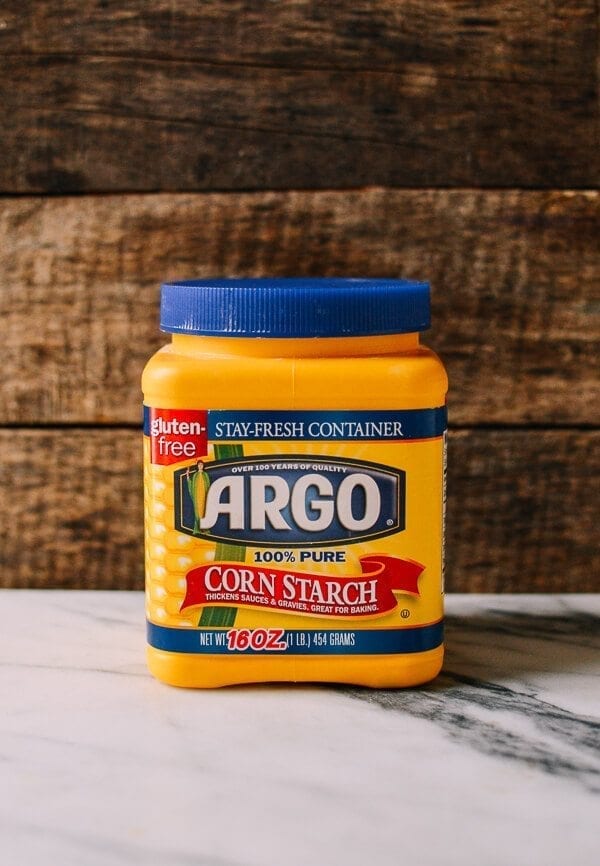
Cornstarch (also spelled “corn starch” and known as “cornflour” in the U.K. and commonwealth countries) is used extensively in Chinese cooking for thickening, dredging, and binding. To thicken sauces without clumping, you must mix it with water into a slurry before pouring into the sauce. While you can use tapioca or potato starch as well, cornstarch is more widely available. For more detailed information on the many ways to use cornstarch to get authentic results at home with our recipes, see How to Use Cornstarch in Chinese Cooking.
Wheat Starch (澄粉, Chéng fěn)
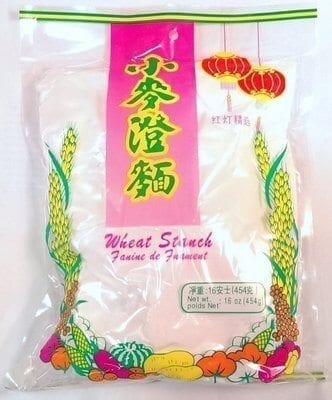
Wheat starch is the starch isolated from wheat flour, with the gluten removed. To see this process in action, check out our recipe for Liangpi (Cold Skin Noodles) and wheat gluten. It’s also used to make various types of dim sum dumplings (those with translucent wrappers, like our Steamed Crystal Dumplings), as well as our homemade rice noodles.
Mung Bean Starch (绿豆淀粉, Lǜdòu diànfěn)
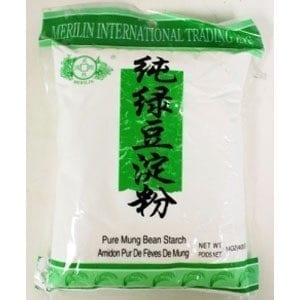
Mung bean starch is used to make bean thread noodles, also called cellophane or glass noodles, and mung bean jelly or liángfěn. We don’t use it often in cooking, but we do keep it on hand for recipes like our Shrimp Rice Noodle Rolls (Ha Cheung). You can find it in well-stocked Chinese grocery stores near the rice flour and other starches.
Potato Starch (土豆淀粉, tǔdòu diànfěn)
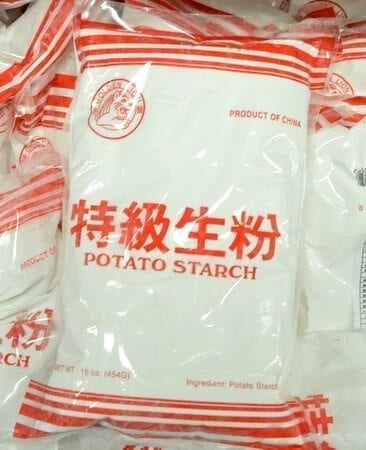
Potato starch is a root vegetable starch, which producers clearer, more translucent sauces. If that’s what you’re after, you can use potato starch in place of cornstarch as a thickener. Potato starch is a also great as a dredge for frying or in fry batters, as you’ll get slightly crispier results than you would with cornstarch. Try it in our Korean Fried Chicken or Salt and Pepper Shrimp.
Sweet Potato Starch (地瓜粉, Dìguā fěn)
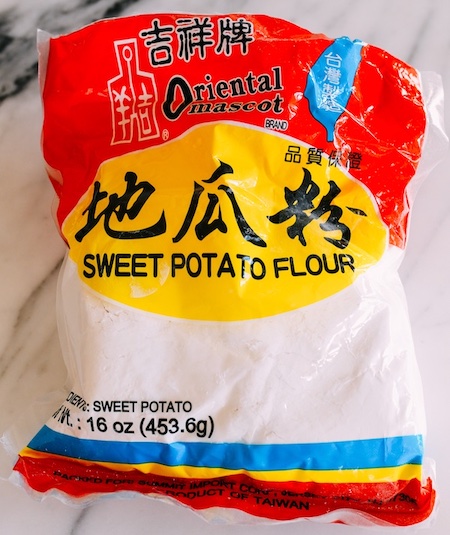
Sweet potato starch has a coarser texture than cornstarch or regular potato starch. This will make the coating crispy with a slight more coarse texture! We don’t use it often, but it is a key ingredient in our Taiwanese Fried Chicken!
Tapioca Starch (菱粉, tóng hāo)
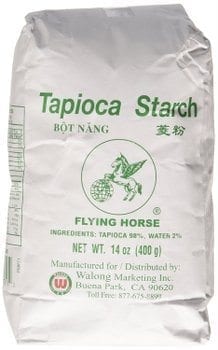
Tapioca starch is used for making rice noodles and dumpling skins, but, like cornstarch, it can also be a thickening agent. It’s consistency when mixed with water is a little bit gooier than a cornstarch slurry, for lack of a better term. This is what makes it a key ingredient for applications like steamed rice dumplings and cheung fun rice noodles. It makes the finished product softer and silkier in texture. No lumpy cheung fun here! It is also a root starch like potato starch, so you’ll get clearer, more translucent sauces with it than with cornstarch.
Tapioca Pearls – Small (西米, Xī mǐ)
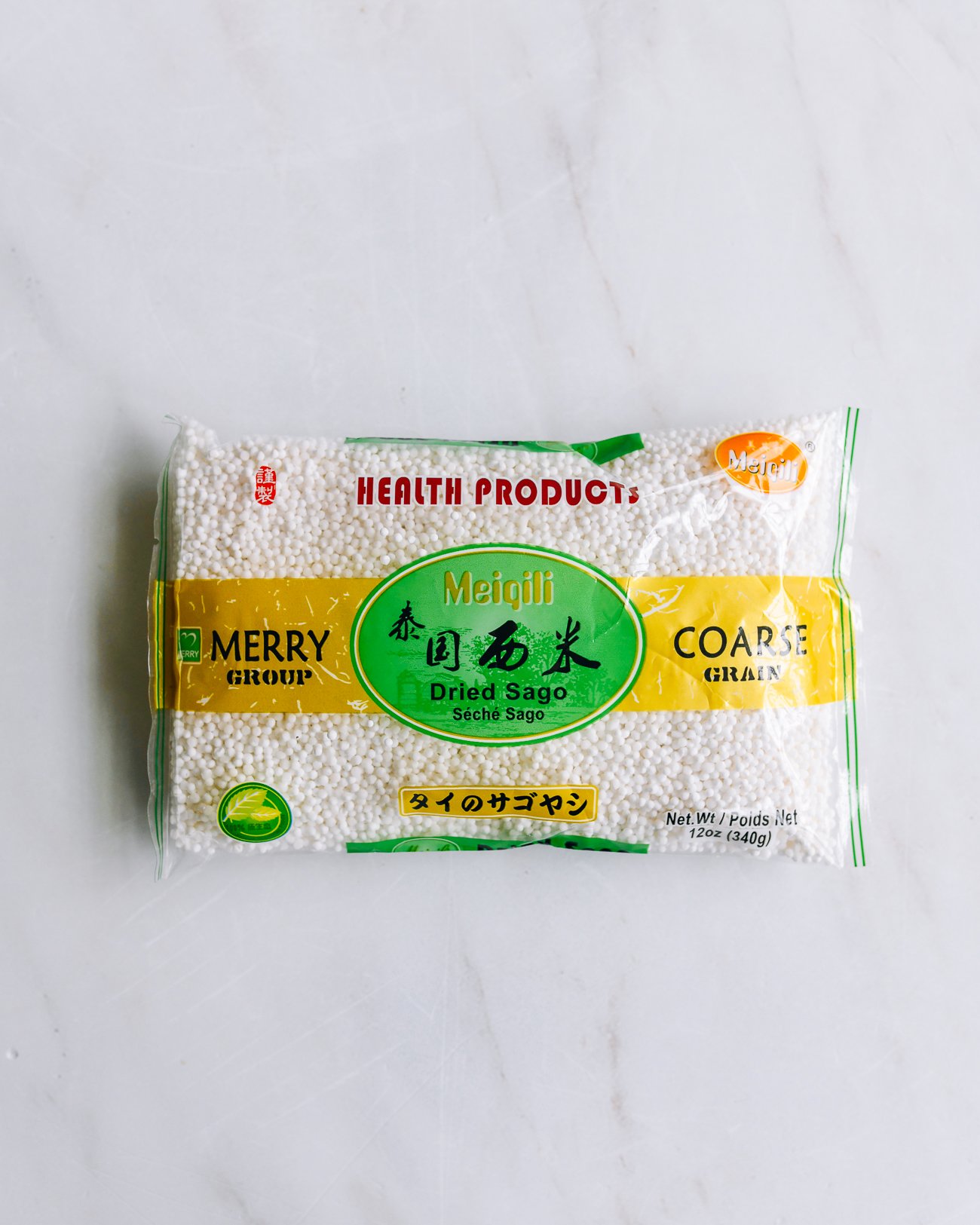
Small Pearl Tapioca may be used to make old-fashioned tapioca pudding, but did you know it’s also used in many Chinese desserts? You can find it in Chinese grocery stores, as well as in some supermarkets (Bob’s Red Mill makes it). A similar ingredient is sago, which is made not from cassava (like tapioca), but from the stems of various tropical palm plants. The term ‘sago’ is often used on packages of tapioca pearls, as they can generally be used interchangeably, like in our Taro Sago Soup and Mango Sago.
Large Tapioca Pearls (茼蒿, tóng hāo)
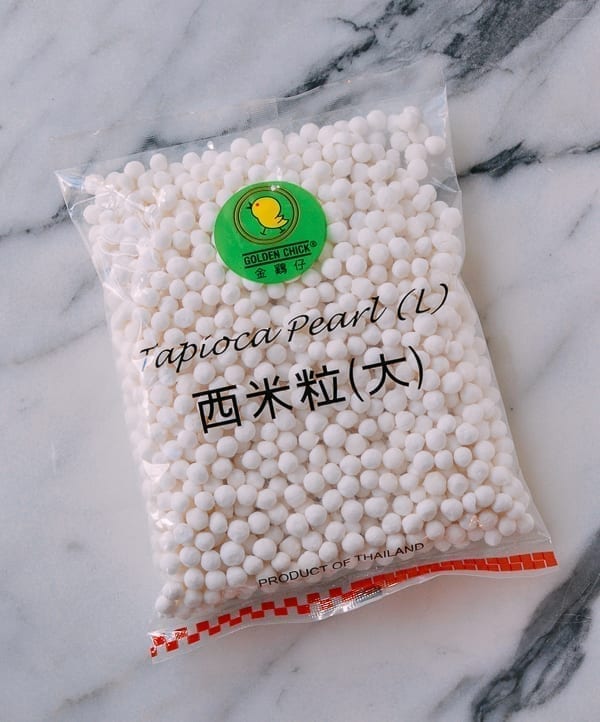
Then there are the larger tapioca pearls for making bubble tea and other desserts, also known as Boba. We have a very traditional Bubble tea recipe that is simple to make. These tapioca pearls can also be used to make a delicious Chinese Shaved Ice Dessert (Bao Bing) or our Grass Jelly Dessert. Cooking them through can be a little tricky, so see our post on how to cook tapioca pearls.
our hand-picked pantry essentials—in one place!
We worked with Pearl River Mart, a family-owned Manhattan Chinatown institution in business since 1971, to collect our hand-picked pantry essentials (and some extras!) into this incredible Pantry Essential Friendship Box. These are the ingredients we use in our own kitchen. Get it shipped directly to you, and start cooking!
Get The Woks of Life x Pearl River Mart Pantry Essentials Friendship Box!
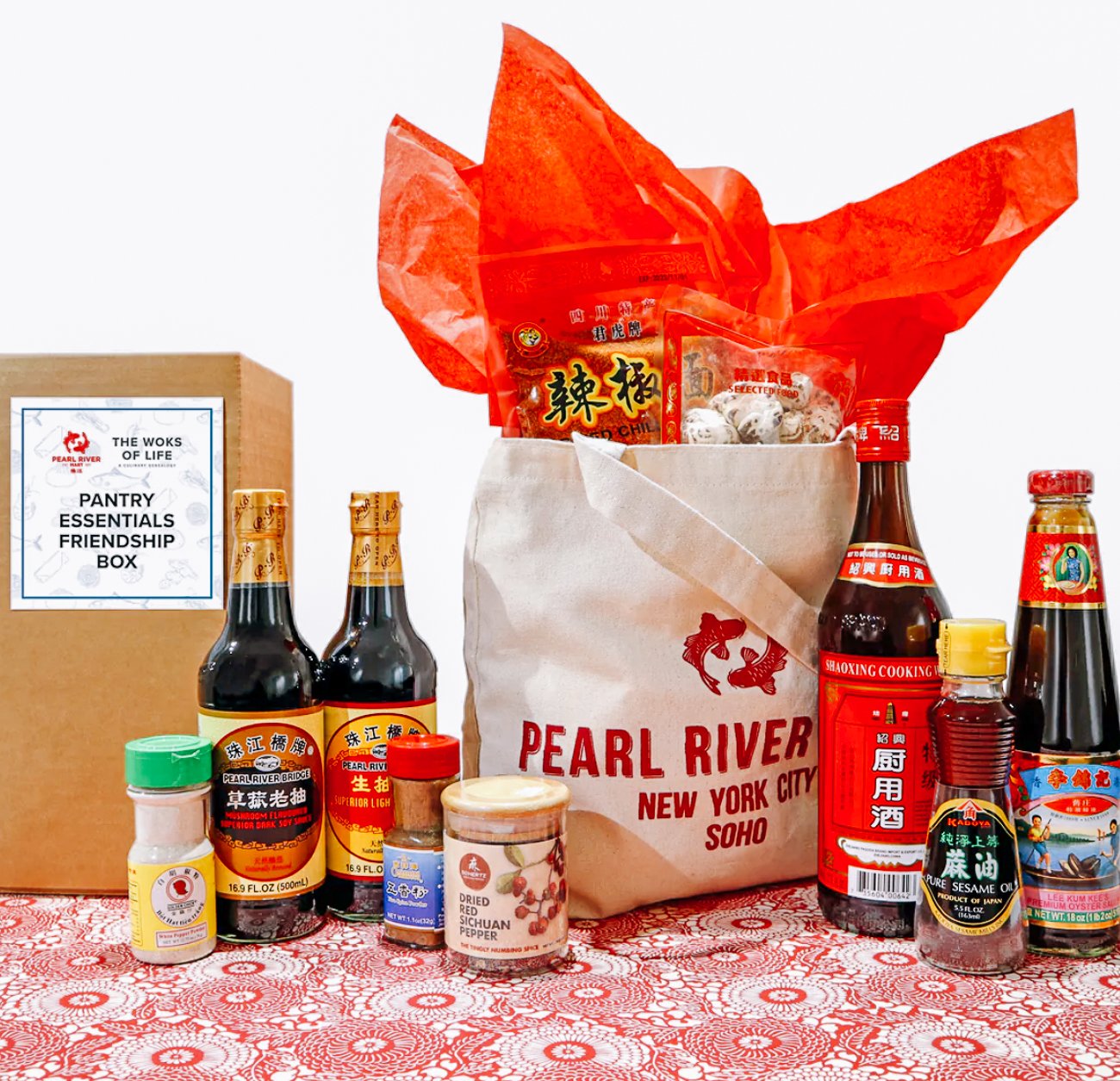
Wrap it up along with a copy of our cookbook for a unique wedding/wedding shower, holiday, birthday, or anytime gift! If you want to beef up the gift basket even more, Pearl River Mart sells woks, wok spatulas, and a plethora of other Chinese kitchen equipment! Check out our Chinese cooking tools page for ideas.